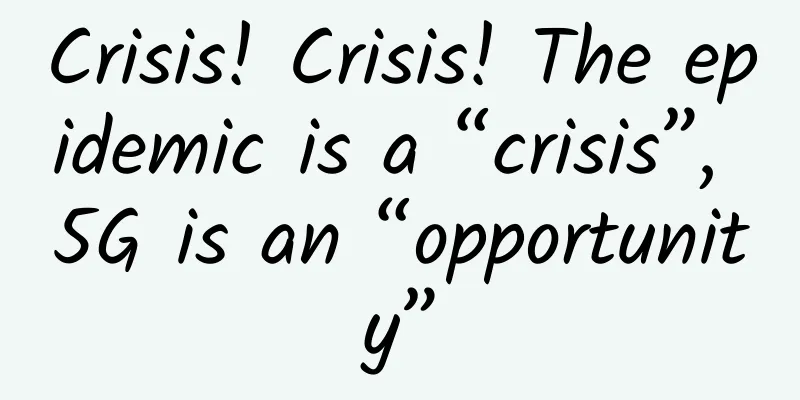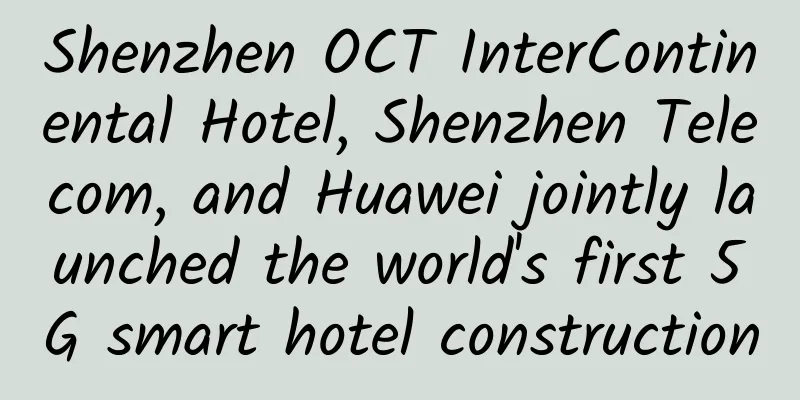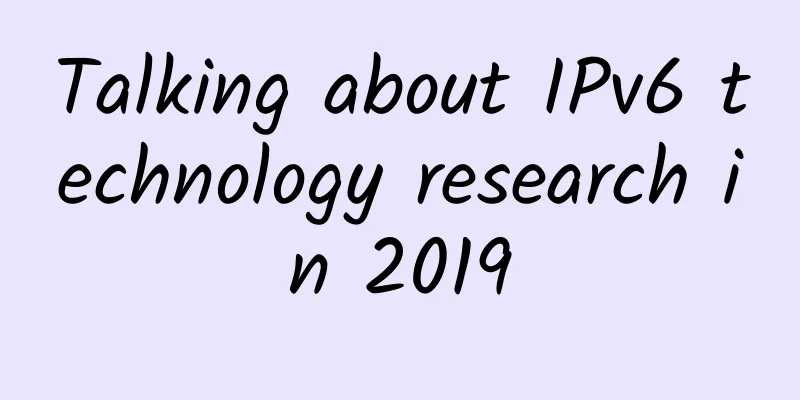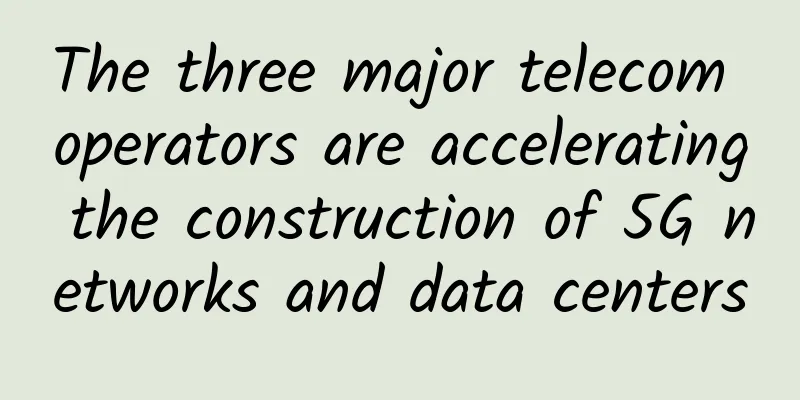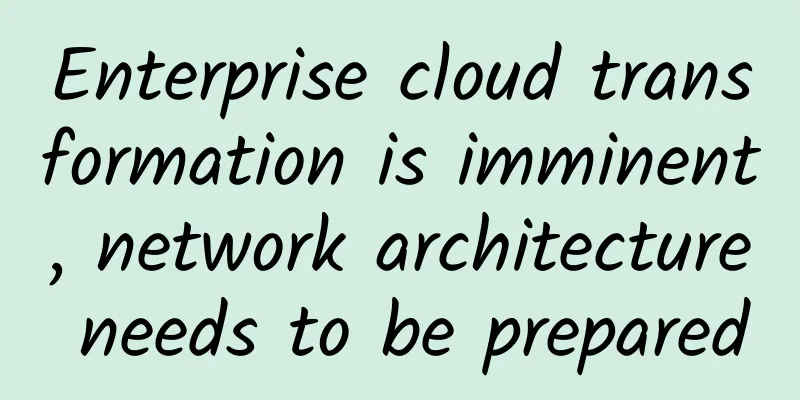Is homogeneous competition among telecom operators serious?
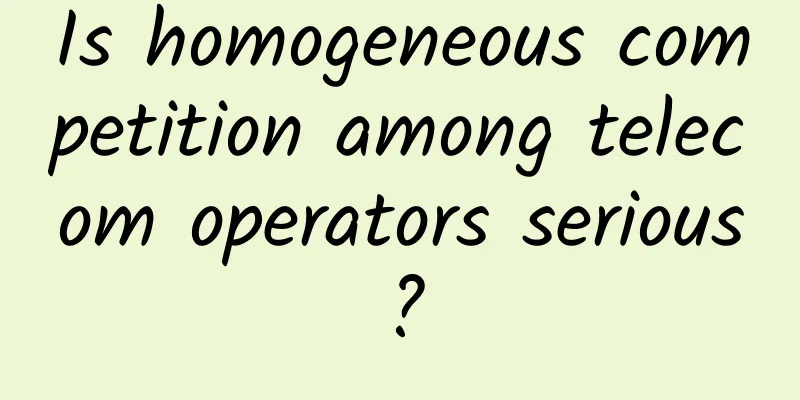
|
Michael Porter, a famous American strategic expert, proposed the three classic competitive strategies of cost leadership, differentiation and concentration. Under the guidance of these three basic competitive strategies, business competition will almost always build its own competitive advantages in terms of price, function, service, brand, channel, etc. according to actual needs. However, competition is often a process of multiple dynamic games. In this process, after many rounds of competition, it often manifests itself in the dilemma of price wars and promotion wars. Specifically in the basic telecommunications service industry, as competition intensifies, telecom operators seem to feel that differentiation in package rates, network services, and terminal products is actually becoming more and more homogenized, which ultimately manifests itself in price wars, which has also had a significant negative impact on user perception.
Therefore, focusing on users and emphasizing the user experience seems to be a key competitive advantage that telecom operators urgently need to improve. In order to adapt to the competitive trend of improving user experience, telecom operators are also focusing on differentiation in online services, offline business hall services, and personalized customer service. In the face of fierce competition in the homogeneous market, the basic principle of "seeking common ground while reserving differences" is also applicable in commercial competition. However, there are at least three key points to be discussed in terms of how to view the relationship between similarities and differences. 1. Is the homogeneous competition among operators really serious? To briefly review, in the 2G era, the service categories provided by telecom operators were not rich enough, but at that time, there seemed to be no strong voice that homogeneous competition was serious. The fundamental reason was that the entire market was in its infancy, the market scale continued to grow rapidly, and everyone was busy grabbing the incremental market. In the 3G era, network speeds increased rapidly and the types of services provided in the market became extremely active. With the emergence of OTT services, the influence of telecom operators on the industrial chain began to gradually decline. However, at that time, there seemed to be no strong voices saying that homogeneous competition was serious. Similarly, the fundamental reason is that the entire market is still developing rapidly. Although China Telecom acquired C-Net and obtained the mobile network service license, which increased the number of competitors, China Telecom still reaped the dividends of the development of 3G mobile networks. The three major operators also have high hopes for traffic management, and have built a more complex billing system based on the specific pricing strategy of traffic. There are also many ways to bill traffic: general traffic packages, traffic pools, targeted traffic packages, national traffic packages, provincial traffic packages, and local (city) traffic packages. In short, it is enough to make smart consumers seem incompetent in front of traffic packages. There seems to be no general suggestion that competition is highly homogenized. However, in order to further promote innovation and entrepreneurship and improve basic communications services for the people's livelihood, provide strong support for the "Internet +" action, stimulate effective investment and consumption, and cultivate new development momentum, the country has implemented the "speed up and reduce fees" policy for telecom operators since April 2015, and has continued to require "speed up and reduce fees" almost every year since then. In addition, international roaming and domestic data roaming charges are also required to be significantly reduced or cancelled. According to an incomplete statistical data as of November 2018, the average unit price of China Mobile's mobile Internet traffic has dropped by 61% year-on-year, and the average unit price of international roaming traffic has dropped by 50%. China Telecom's fixed broadband unit bandwidth price has dropped by more than 40% compared to the end of last year, and the average price of mobile Internet traffic has dropped by more than 65%. China Unicom's average price of mobile Internet traffic has dropped by 57.4% compared to the end of 2017, and household broadband charges have dropped by 41%. With the advancement of 5G networks, mobile Internet traffic and broadband prices will continue to decline significantly. Therefore, the operators' involuntary "price war", especially since the launch of the so-called "unlimited" packages or Internet packages, has been caught in a rapid and substantial price war for many years, which has made more and more people believe that the competition among telecom operators is becoming more and more homogeneous. In addition, the voice of mobile terminal competition operators has also weakened, and the perception of homogeneity has become more firm. Looking back at this process, we can find that the homogeneous competition among operators is actually a judgment of the industry on the competition in the basic telecommunications industry since the 4G network, especially since the implementation of the "speed increase and fee reduction" policy. In addition, with the increase in market penetration, the competition for users has entered the stage of existing users. Although telecom operators and a large number of Internet application companies have cooperated to provide richer content services, it still seems that there is a lack of differentiation and everyone's competition is relatively homogeneous. The author believes that the judgment that the operators are "similar" to a large extent is biased. The reality is that the competitive differentiation among operators is still very common and obvious, which is determined by the differences in resource endowments and team temperaments of the three operators. Especially since China Unicom has undergone mixed ownership reform and China Mobile has driven the competition through more diversified investment behaviors, the differentiated characteristics of the competition among the three operators have become more obvious. Competition homogeneity may never be the main theme, because operators have always been very particular about differentiation in the use of competitive strategies. For example, in the popular promotional video of "What's Peppa Pig?", China Mobile's involvement is obvious, although China Telecom and China Unicom also followed suit. But this more reflects the concept of everyone's greater emphasis on pursuing differentiation. Therefore, the judgment that competition among operators is becoming increasingly similar and differentiated is more of a helpless conclusion in the face of the growth bottleneck faced by the basic communications service industry, which is subject to the rigid constraints of the "speed up and reduce fees" policy. 2. Focusing on users, what are the differentiating trigger points? Focusing on users, improving user experience, and using different trigger points at different stages. In today's 4G high-traffic and high-bandwidth stage, the differences in tariffs and terminals are no longer obvious. However, the network experience has higher requirements for network speed, stability, and coverage when the user scale is large. Therefore, the network service experience is not a problem of homogeneity, but a problem of highlighting the network's differentiated capabilities. As for which network is better, I will not comment on it. The differences in different regions and scenarios are still obvious. This is still the core competitiveness of operators in competing for users. In addition, a lot of resources have been invested in improving service capabilities by using so-called big data, artificial intelligence and other technologies. This is also a reason to improve user experience, for example, customer service has introduced artificial intelligence. But for users, if the basic service quality is guaranteed and there are no small tricks in package consumption, why bother customer service? Whenever customer service is needed, it is troublesome, and users themselves often fail to effectively solve their problems, which only adds to the frustration. Customer service robots that answer questions irrelevantly or provide rigid question selection processes do not improve the experience, but instead increase resentment. The business hall service has always been criticized. People only go to the business hall when they have no other choice. The business hall is the core window for whether the operator has effectively improved the user experience, and it needs to be strengthened. With the increase in overseas travel, the problem of overseas Internet access has arisen. Although operators have made continuous improvements in tariffs and service processes, people who have traveled abroad generally say that Huawei's Skylink experience is better. Therefore, for operators, when it comes to improving user experience, what are the triggering points? This may require working on the user's pain points. In addition to package charges, the main issues are network service quality and business processes. Although operators continue to innovate and differentiate in applications and content based on network pipes, these are not the points that improve user experience. In a word, basic network services are not homogenized, and the differences are still quite obvious. 3. Emphasis on user experience, how to evaluate cost-effectiveness? From the perspective of target management, the choice of a competitive strategy may be to optimize internal management to improve efficiency and reduce costs, or to introduce new products to attract more users, or to strengthen advantageous functions to increase activity, or to arouse interest to obtain more payment, or to improve satisfaction. In short, improving user experience with a user-centric approach requires additional investment. Therefore, how to effectively evaluate the input-output of enhancing user experience is not an easy task. For example, in order to improve customer service indicators, especially to avoid possible cross-level complaints, operators sometimes invest in customer service resources without considering cost-effectiveness. A one percentage point increase may require a large increase in the proportion of resources invested. And how much value does such an increase have for improving user experience? For example, in an area where network coverage overlaps, improving network coverage and signal stability may not be a short-term process. In this case, the resources invested are greater than those invested in improving customer service indicators. This is not a problem caused by so-called competitive homogeneity. In addition, the cooperation between different operators and Internet companies, the introduction of applications and content, and the resources they can provide are different, so the content services they provide are also different. This is actually also a question related to cost-effectiveness. In short, I do not agree with the perception and judgment that operators are becoming increasingly homogenized. On the contrary, only in terms of basic network services, the differences between operators are still obvious. Homogeneity is more of a cover-up for the lack of differentiation under certain policy implementation pressures. Differentiation is a contradictory relationship with cost-effectiveness. Even so, it is better to make up for the gap in basic network services first, and then talk about more effective differentiation when the network service capabilities of various companies are truly homogeneous. |
<<: The first batch of commercial 5G networks may not even be able to make phone calls?
>>: Intermediate explanation of IP/TCP protocol, handshake process and data packet format
Recommend
Operators competing in the digital service market for SMEs are facing opportunities for transformation and development
Recently, the Ministry of Industry and Informatio...
Understand 5G in one article: Will it subvert the sky-high living costs?
When we were still accustomed to browsing the web...
Chen Peizhen, General Manager of DYXnet, the first-line: Analyzing the innovative architecture and development strategy of "AI + Cloud Network Security" service
On November 16, 2024, a grand event focusing on c...
BuyVM restocking: 4 data centers in Las Vegas/Luxembourg/New York/Miami, 1Gbps, unlimited traffic, starting at 2 Canadian dollars per month
BuyVM was founded in 2010. It is a company that p...
WOT Cheng Chao: Alibaba's monitoring development path from automation to intelligence
[51CTO.com original article] On May 18-19, 2018, ...
In the 5G era, how will data centers be defined?
There are still many unanswered questions about 5...
The most beautiful ecosystem is on the road. Huawei China ICT Ecosystem Tour 2018 demonstrates the "power of walking"
[51CTO.com original article] At the end of May, t...
HostDare: Los Angeles VPS with 10% off monthly payment and 30% off annual payment starting at $18/year, annual payment gives double memory + double traffic
HostDare released the latest promotion in LET, of...
Huawei's Hu Houkun: To promote the new development of 5G, the industry should prepare for the metaverse, 5GtoB and low-carbon development
On October 13, the 2021 Global Mobile Broadband F...
How to Choose and Buy Network Automation Tools
The concept of network automation has been around...
RackNerd: AMD Ryzen series promotion starts at $18/year, Dallas/Seattle/New York and other data centers
RackNerd has once again released a promotional pa...
spinservers San Jose China Telecom Network VPS Simple Test
Some time ago, I shared the information about spi...
[12.12] Megalayer: 399 yuan/month-E3-1230/8GB/240G SSD or 1TB HDD/15M/Hong Kong server
Megalayer has launched a special Double 12 event....
CMIVPS 3rd Anniversary Event: 50% off on all VPS hosts with limited annual payment
A few days ago, we shared CMIVPS's regular pr...
RAKsmart: San Jose servers limited flash sale starting at $30/month, US/Korea/Japan cluster servers starting at $189/month
RAKsmart is a foreign hosting company operated by...
